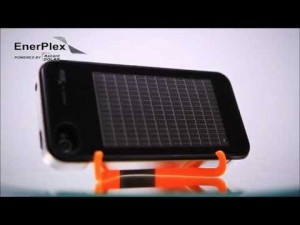 Today, Dow Powerhouse announced the first installation of its cutting-edge Dow Powerhouse Solar Shingle roof system in San Antonio. Bobby and Sarah Ross waited over a year to be the first homeowners in Texas with a Dow Powerhouse solar roof.“This is an exciting day for us to be a part of the first Dow Powerhouse solar roof installation in Texas” In 2011, The Dow Chemical Company (Dow) installed a Dow Powerhouse system in Katy, TX as part of an employee contest before the product was made commercially available. The Ross’ family-owned business, Ross Electric Company, was chosen to connect POWERHOUSE below the rooftop. The family was able to see the installation hands-on, and decided to be one of the first in the country to install this total residential roofing solution that not only protects like a standard asphalt roof but also generates solar electricity, turning the roof into a source of value and savings.
Today, Dow Powerhouse announced the first installation of its cutting-edge Dow Powerhouse Solar Shingle roof system in San Antonio. Bobby and Sarah Ross waited over a year to be the first homeowners in Texas with a Dow Powerhouse solar roof.“This is an exciting day for us to be a part of the first Dow Powerhouse solar roof installation in Texas” In 2011, The Dow Chemical Company (Dow) installed a Dow Powerhouse system in Katy, TX as part of an employee contest before the product was made commercially available. The Ross’ family-owned business, Ross Electric Company, was chosen to connect POWERHOUSE below the rooftop. The family was able to see the installation hands-on, and decided to be one of the first in the country to install this total residential roofing solution that not only protects like a standard asphalt roof but also generates solar electricity, turning the roof into a source of value and savings.
“When I saw the seamless integration of the Dow Powerhouse Solar System, I knew it was something worth waiting for,” said Ross. “I am proud to invest in my home with such an innovative and good-looking product. I expect that my POWERHOUSE™ roof will reduce my utility bills by about 40 percent and will increase my home value overall.” BELDON Roofing Company, the exclusive Dow Powerhouse Authorized Dealer in San Antonio, worked directly with the Ross family to custom design the solar roof array to align directly with the family’s budget, roof design and energy goals.“This is an exciting day for us to be a part of the first DOW POWERHOUSE™ solar roof installation in Texas,” said Brad Beldon, President and CEO of BELDON Roofing Company. “We are seeing the way San Antonians think about their roof change now that they have the option to purchase a smart roof system that goes to work for them and pays for itself.”
The Dow Powerhouse Solar Shingle roofing system is offered to San Antonio homeowners as a packaged turn-key solution. It includes:A custom designed array of shingles to fit the individual homeowner’s budget, roof design and energy goals, a DC-to-AC inverter that feeds the home’s power needs or can be returned to the power grid and a monitoring system accessible from any internet connection, showing real-time energy production and generation. Made in the United States and backed by a 20 year warranty from Dow, the Dow Powerhouse Solar Shingle is also certified as both a solar and roofing product. It has received seven performance and safety certifications, including the backing of Underwriters Laboratories (UL), International Code Council Evaluation Service (ICC-ES) certification and is proven to withstand rain, hail and wind uplift.







